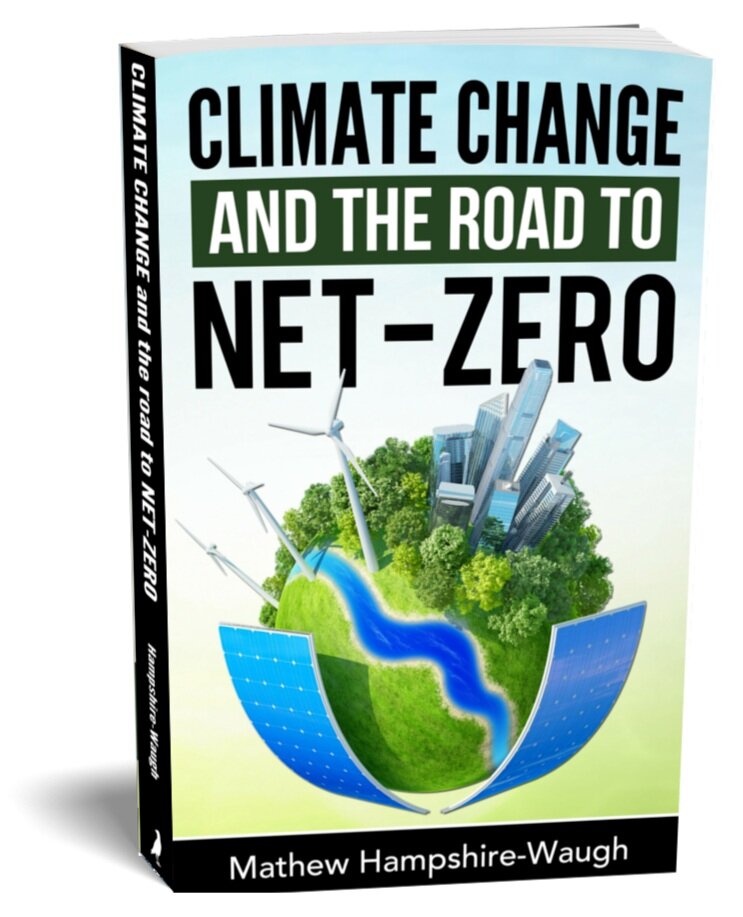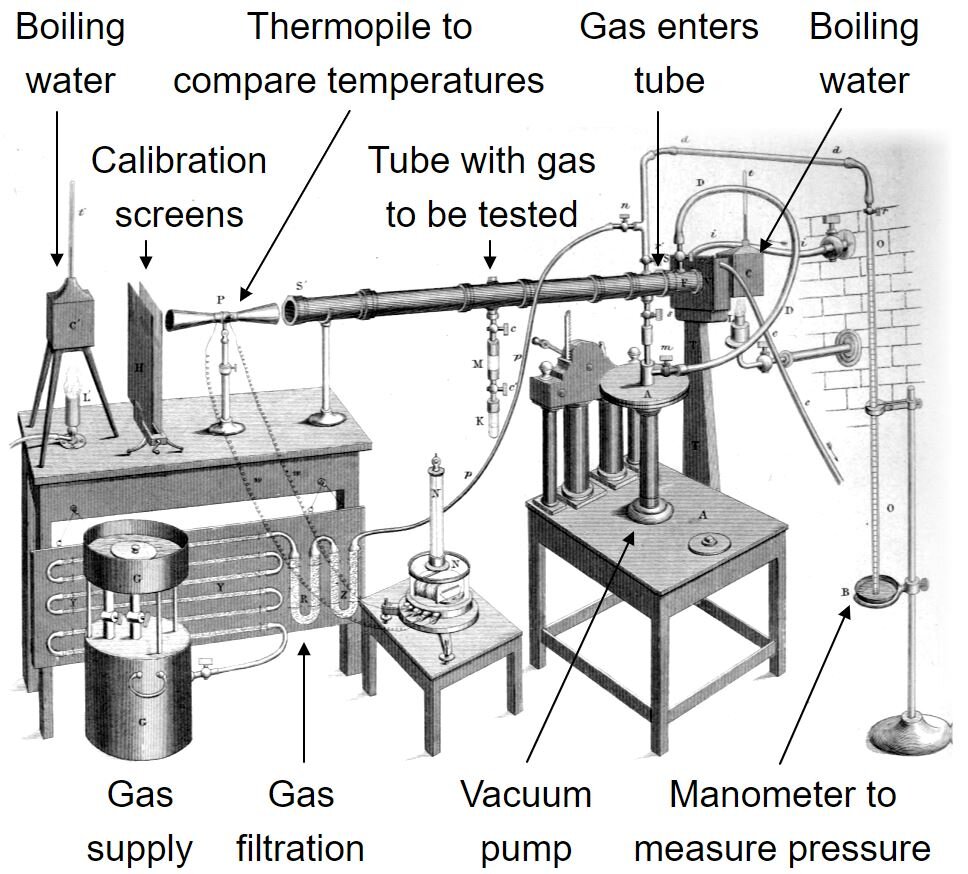Energy Supply and Safety
In this post from the book net-zero:
Are nuclear power plants safe? Why nuclear is (and isn’t) the safest form of energy.
What is the most dangerous form of energy? Why the worst energy disaster in history killed just 3% of the number of people who lose their lives from fossil fuel air pollution every year.
We can compare the safety and impact on health for each type of global energy supply by calculating deaths or serious illness per billion kWh (TWh) of energy supplied.
Surprisingly, nuclear ranks as the statistically safest form of energy generation, and wood burning as the most harmful.
Even more surprisingly, nuclear disasters don’t even rank as having the highest direct death toll, because coal mining and hydro-electric disasters claim that undesirable top spot.
The failure of the Banqiao dam in China is the worst energy disaster on record. The dam began construction in 1951, designed to prevent flooding and to generate electric power for the surrounding region. However, early on, concerns were raised by prominent engineers on the build quality and the design of the dam. Soon after completion, cracks appeared in the construction and the concrete had to be reinforced. Later, further concerns were raised about the low number of sluice gates in case of intense flooding. In August 1975 Typhoon Nina hit the region and dumped two metres of rainfall in two days: the equivalent of more than one year’s worth of rainfall. The water level quickly rose above the 117 metre wave protection wall, the sluice gates struggled, and the system failed. Seven hundred million metres cubed of water were released over a six hour period creating 5-10 metre high waves travelling at over 30 miles per hour. The torrent of water wiped out 750 km2 of land below and killed up to 230,000 people, a devastating loss of life.
From the most deadly catastrophe to the most costly. The BP deepwater horizon disaster in 2010 was the largest spill in history, releasing five million barrels of oil into the Gulf of Mexico after the concrete cap, used to seal the well for later use, ruptured and the blow out protector failed. Investigations found the oil company BP, rig operator Transocean, and contractor Haliburton, guilty of gross negligence and reckless conduct. Cost-cutting, poor safety systems, and systemic issues across the whole industry were identified as the root cause. It turns out that although oil companies may be proficient at pumping oil out of the ground, they are largely lacking in remedial plans should something go wrong. In the follow up safety hearing in US congress, the then CEO of US Oil giant Exxon, Rex Tillerson, admitted their Gulf of Mexico oil spill response plan included the emergency contact of a long deceased scientific advisor, and information on dealing with walrus populations, which were the same errors found in the BP plan. As Chairman Markey bluntly put it: “there aren’t any walruses in the Gulf of Mexico; and there have not been for 3 million years”. It turned out that all the major oil companies had the same deficient disaster planning drawn from a shared source. “The only technology you seem to be relying on is the Xerox machine”, concluded Markey. After fines and claims, BP has paid $65 billion in compensation. However, despite the huge impact of this spill on the environment and the tremendous clean up and economic costs, the accident itself resulted in 11 deaths and 17 injuries.
Whilst any loss of life is terrible, the most deadly energy disaster and the most costly energy disaster on record killed just 3% of the number of people who die from air pollution every year.
Although we associate energy related deaths with headline grabbing catastrophes, most deaths are actually a result of longer term inhalation of particulate matter and toxins released from the combustion of wood, dung, and fossil fuels.
Wood burning has the biggest health impact of all energy sources with ~250 premature deaths per billion kWh of energy. Developing countries - where open wood burning stoves or fires are used indoors - account for most of the 3-4 million lost lives.
Lifestyle trends are driving higher installations of wood burners in developed countries such as the UK, where particulate matter from wood burning now outnumbers that from cars and trucks by two or three times. One wood burner is the equivalent of having seven lorries idling continuously outside your home.
Coal ranks as the most dangerous fossil fuel, with 50-100 premature deaths and up to 250 cases of serious illness per billion kWh. With coal supplying over 20% of final energy, the detrimental health impact of particulate matter and sulphur dioxide emissions leads to 1.5-2 million deaths per year.
Oil or liquid biofuels are nearly as bad, with 50 deaths and over 150 cases of serious illness per billion kWh. Gasoline, diesel, and jet fuel accounts for over 35% of final energy, emitting harmful particulate matter and nitrous oxides which kills nearly two million people per year from diseases such as asthma, chronic bronchitis, heart disease, and lung cancer.
Natural gas burns far cleaner than wood, coal, or oil with 5-10 deaths per billion kWh. Wind, solar, and Hydroelectric emit no harmful products during energy generation and have recorded less than two deaths per billion kWh.
Nuclear is statistically the safest energy source with no dangerous atmospheric emissions, despite four major disasters. The SL1 explosion in Idaho, US in 1961 killed 3 operators. This was followed by the worst nuclear accident in US history, Three Mile Island in 1979, where the radiation leak dosed two million people in the surrounding area with 0.0014 mSv of radiation – the equivalent of one tenth of an x-ray each. No adverse health consequences have been recorded or are expected.
The most notorious nuclear disaster was Chernobyl in 1986, Russia, which killed two in the explosion, thirty from radiation poisoning, and 600,000 people in the surrounding area were exposed to 10-20 mSv of radiation. This is the equivalent of a CT scan each and increases the risk of cancer by 3-4% over their lives.
The melt-down of Fukishima in Japan in 2011 killed two workers immediately, but the evacuation of 170,000 people led to another 2,000 indirect deaths of elderly people due to medication interruption and poor living conditions.
Any loss of life and suffering is tragic but, since 1954, nuclear energy has generated 90 trillion kWh of electricity for the world with direct deaths totalling only seven and radiation poisoning killing another forty. The impact of having to evacuate local populations adds another 2,000 to those who lost their lives, and elevated cancer risk adds a further 4,000 premature deaths over 80 years. This is a death rate of 0.07 people per billion kWh of energy supply.
The total number of deaths caused by nuclear energy in 70 years makes up less than 0.1% of the deaths caused by air pollution in just one year.
Whilst the operation of nuclear energy facilities is statistically safer than most people assume, the weaponisation threat of nuclear material cannot be ignored. The world has so far managed to navigate forty years of Cold War, to avoid mutually assured destruction, and has mostly agreed on the non-proliferation of nuclear weapons. However, an increased prevalence of nuclear energy could make enriched fissile materials and weapons technology more accessible.
Iran has been under economic sanctions since 2006 after failing to comply with UN resolutions that demand the country halt its uranium enrichment program. Iran maintains that the nuclear programme is for electricity generation, but allegations of covert weapons development have long persisted.
The Iranian nuclear program took an unexpected turn in 2010 when Belarusian cyber security software company VirusBlokAda discovered a malicious computer worm called Stuxnet. The worm was designed to infect windows operating systems and spread over a local network until it located a specific software found in the logic controllers of the Siemens’ uranium centrifuges used in Iran; the centrifuge model was likely identified from an Iranian promotional video on the internet.
A USB stick containing the Stuxnet worm was plugged into the isolated network and it re-wrote the programme code, disrupted the speed of centrifuge operation, and ultimately destroyed 1,000 machines, thus setting the Iranian nuclear enrichment programme back years. Expert analysis of Stuxnet has shown it was probably the costliest and most sophisticated malicious code ever created, with strong allegations of US and Israeli government origin being made.
Despite the Iranian nuclear complex being off-line, Stuxnet somehow made its way onto the internet and infected hundreds of thousands of computers. Utilising so-called zero-day software which attacks vulnerabilities then completely unknown to Microsoft, Stuxnet has opened the door to an increasing threat from cyber-physical attacks around the world. Whilst this version of the worm slowed the Iranian nuclear programme, potential adaptations to this type of software, which is now out in the wild, create an enhanced risk of cyber-physical attacks which could target nuclear energy or weapons facilities with more deadly consequences.
It is the enormous concentrated power of nuclear fission or fusion which makes the technology an attractive next step in the evolution of energy, but this same characteristic also brings significant threats.
Until the world can develop stronger international laws and robust global cooperation, there will always remain a low probability, but high damage threat, from the weaponisation of nuclear power.
In the draft book, net-zero, I take the view that existing nuclear facilities have value in life extension, but the existing technology is too expensive and too slow to build to form a major part of the transition to net zero. Instead we should push as hard as possible on renewables+storage over the next decade, whilst also investing in R&D for next generation nuclear designs with potentially lower cost, modular manufacturing, better safety and greater efficiency. Part way through the transition, once renewables account for a significant portion of final energy supply, an informed decision can be made on whether next generation nuclear is needed.



































